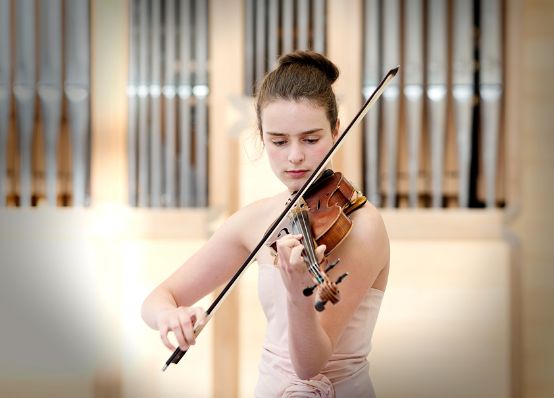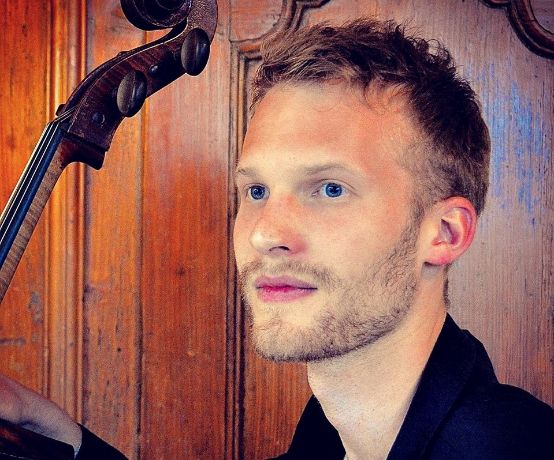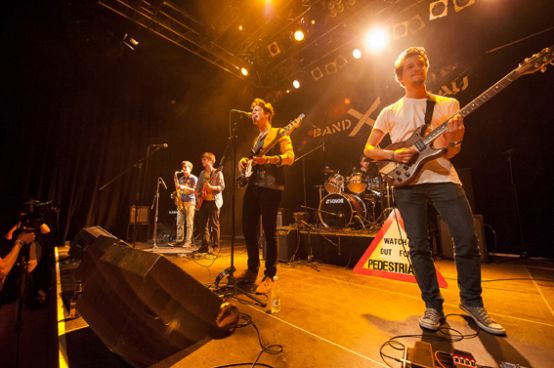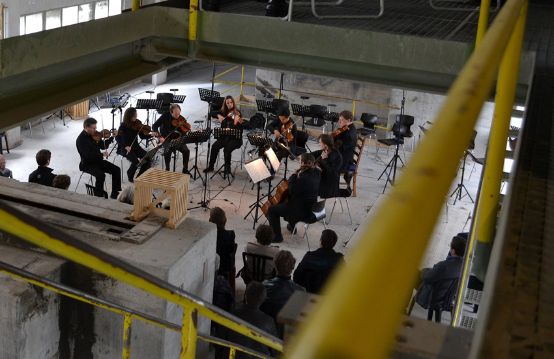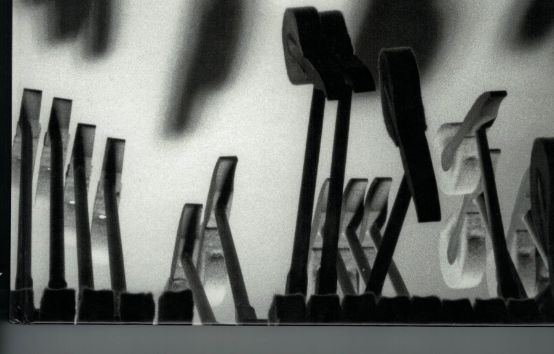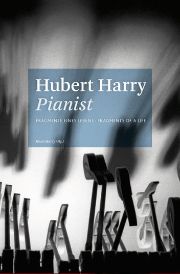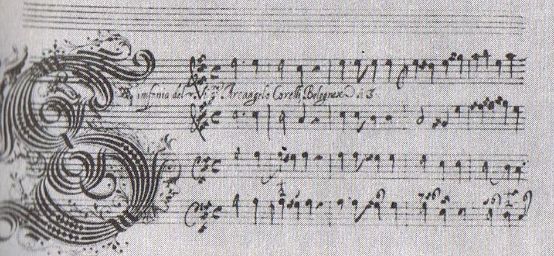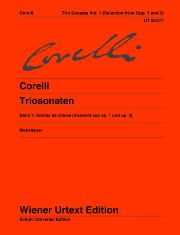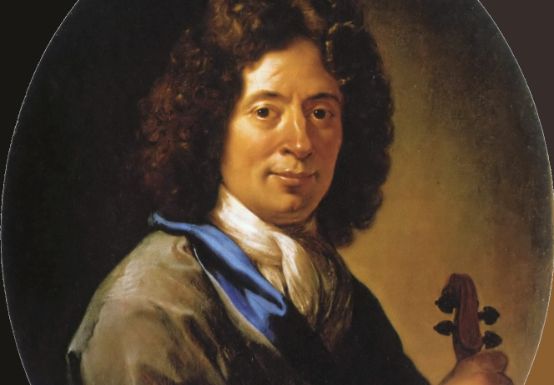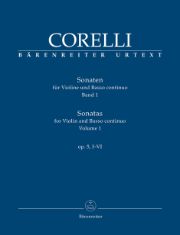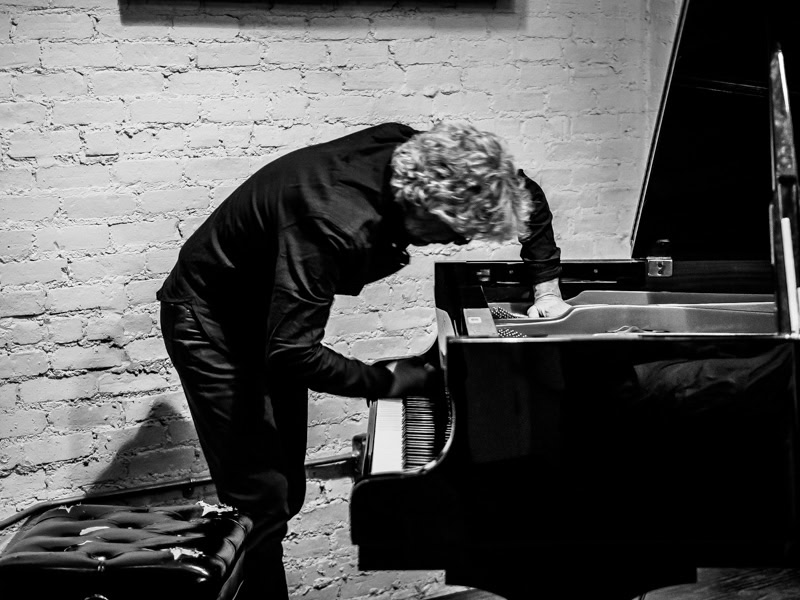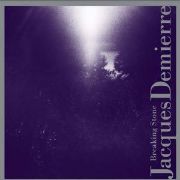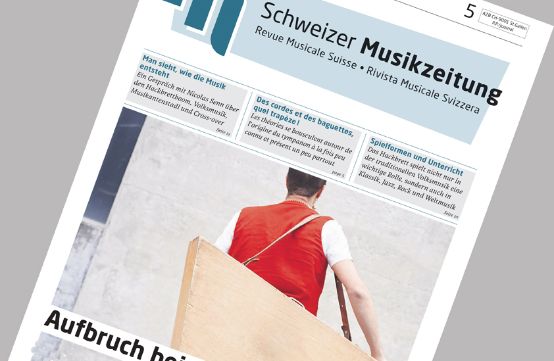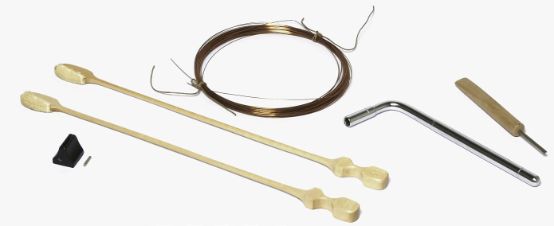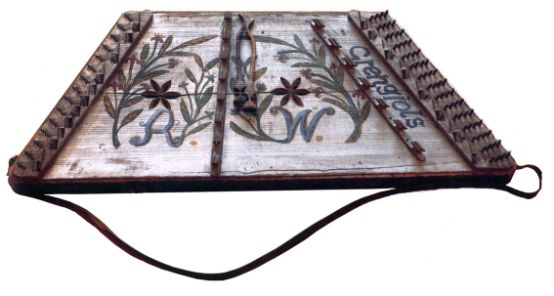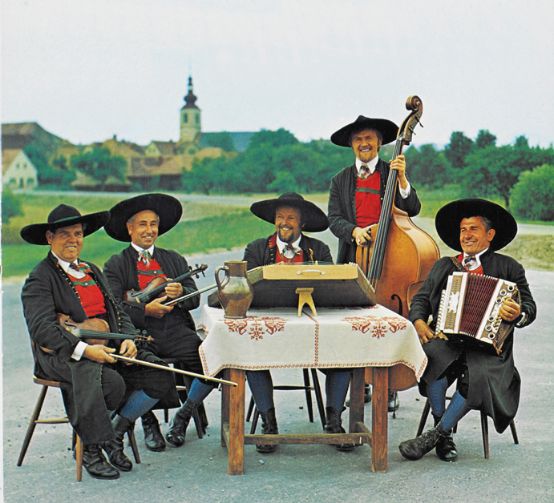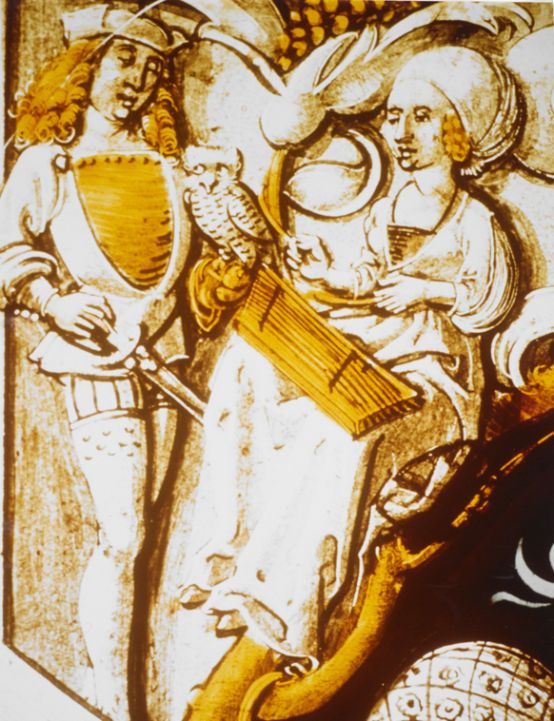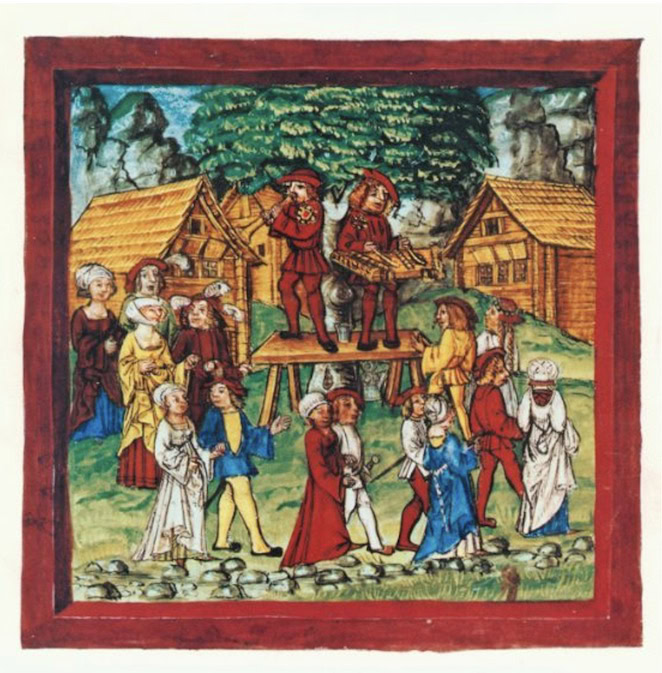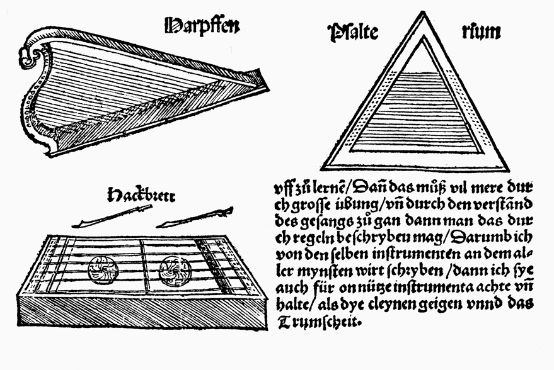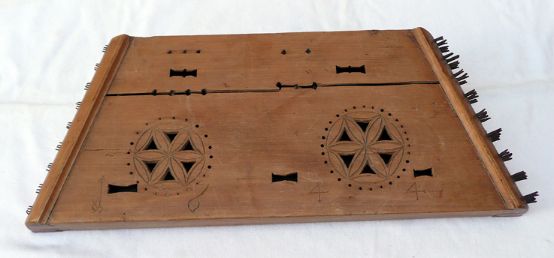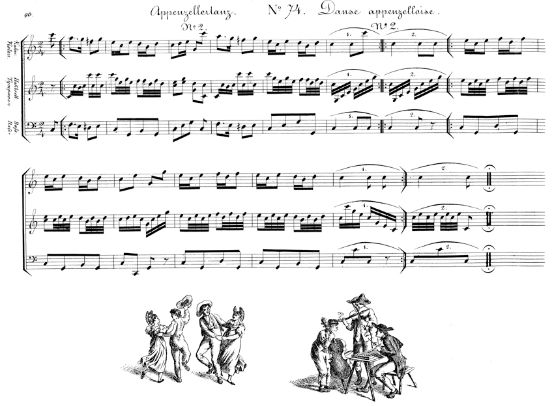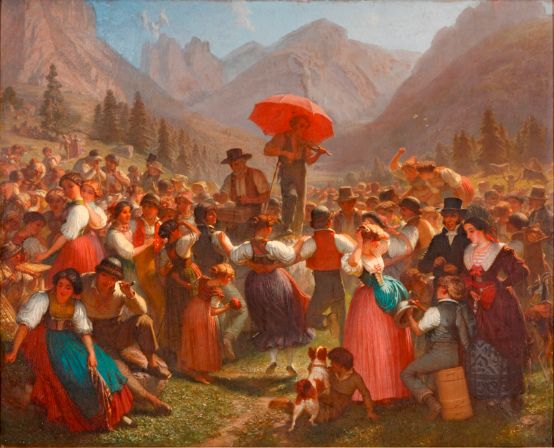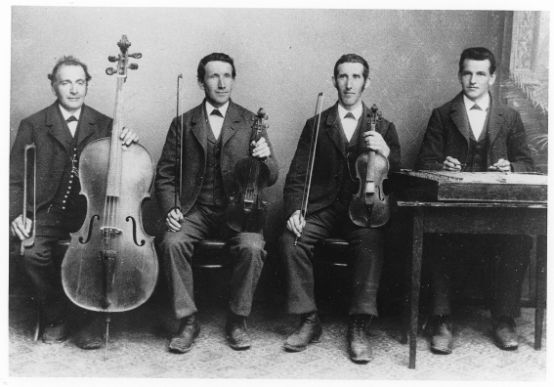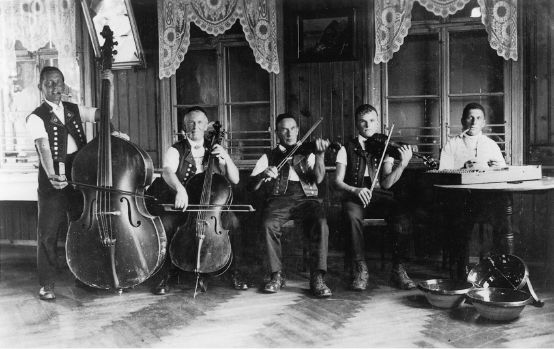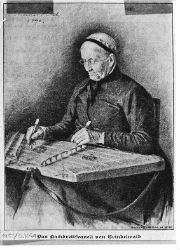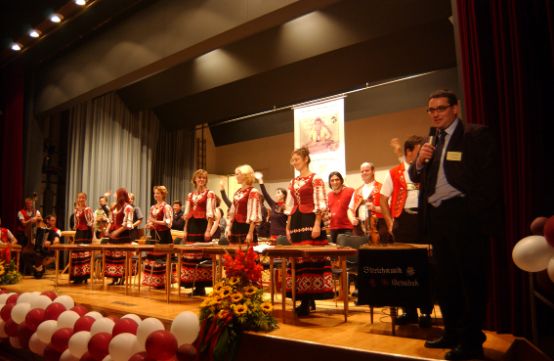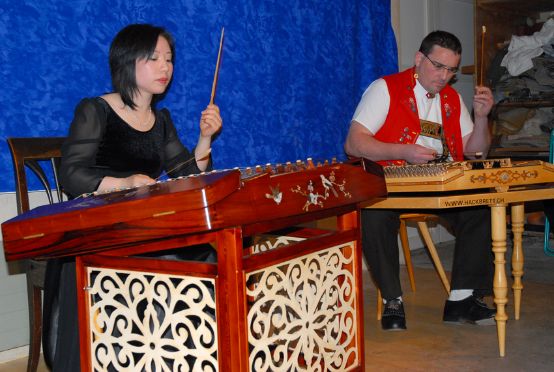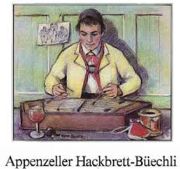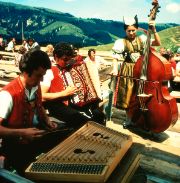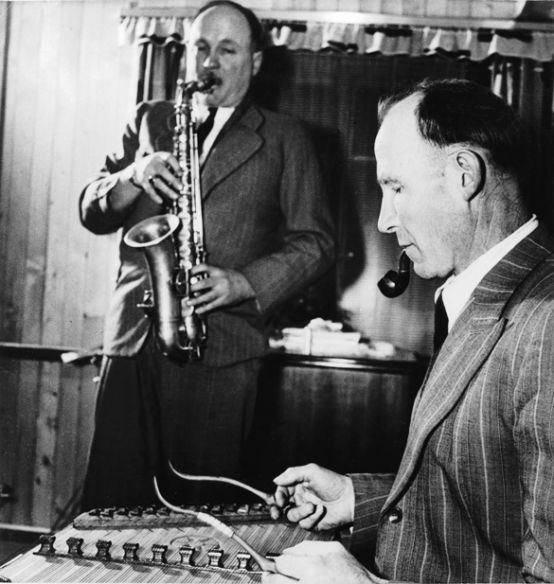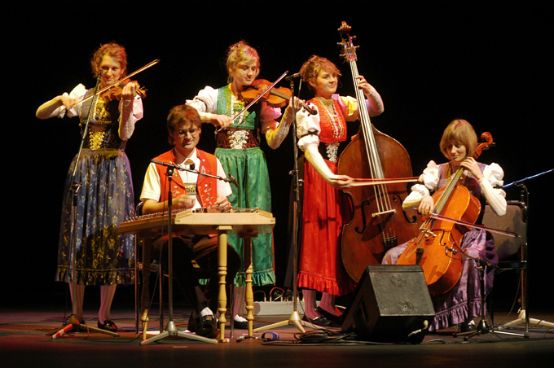On the trail of the secret of the singing voice
The Freiburg Institute for Musicians' Medicine (FIM) is studying the vocal tract during singing in various ways with the support of the German Research Foundation (DFG). The aim is to strengthen and further expand vocal physiology in Freiburg.

One research project, scientifically led by Matthias Echternach from the FIM, is concerned with the detailed analysis of vocal fold vibrations using high-resolution high-speed glottography during phonation in high registers.
The other two projects, led by Bernhard Richter from the FIM and Maxim Zaitsev from Medical Physics, are concerned with the three-dimensional reconstruction of the vocal tract during singing.
Even though there are numerous research findings in this area, various fundamental physiological processes in the production of vocal utterances are not fully understood, writes the FIM. This concerns both sound production in the larynx and the importance of the vocal tract in sound formation.
Thanks to the extensive DFG funding, it is now possible to strengthen and further expand the basic research on voice physiology already established in cooperation between the Freiburg University of Music and the Freiburg University Medical Center.






